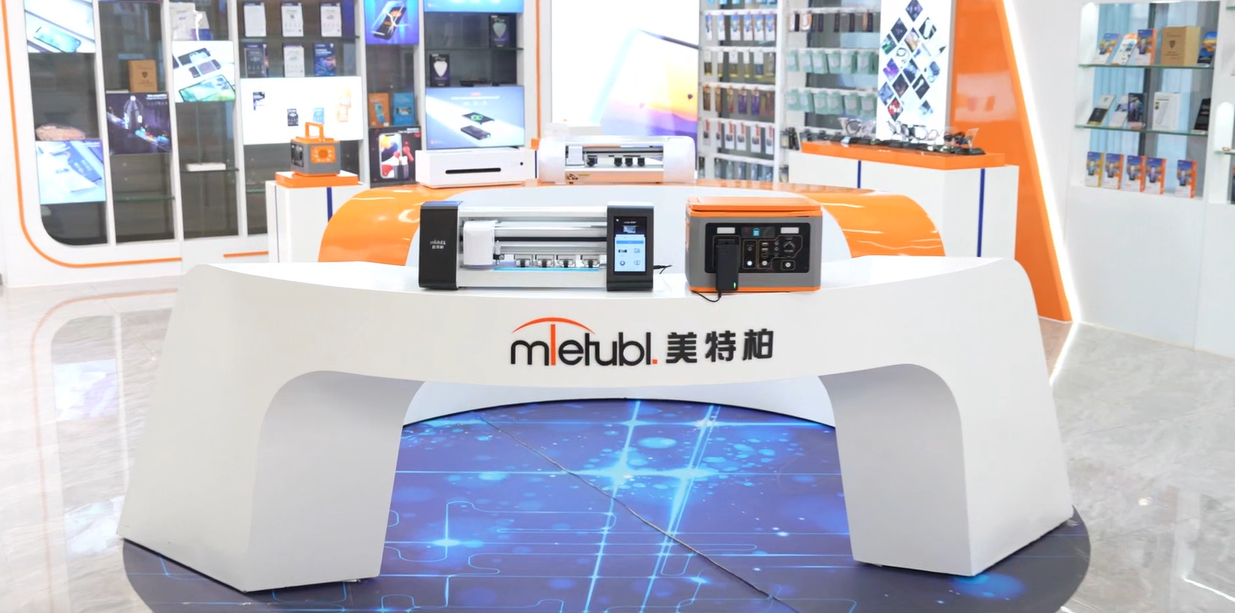
MIETUBL Brand Overview
MIETUBL is a brand originating from China and thriving through China’s intelligent manufacturing. It is committed to providing high-quality mobile accessories and related products to global consumers. Since its inception in 1998, the brand has followed the trends of the times, focusing on resource integration and building a symbiotic and shared industry ecosystem, enabling global consumers to conveniently access quality products that enhance their lives.
By continuously innovating and diversifying its product offerings, MIETUBL has achieved significant success in the mobile accessory industry. As a brand driven by customer value and innovation, MIETUBL has expanded into various product applications while accumulating rich industry experience and establishing a stable customer base. Headquartered in Zengcheng, Guangzhou, the company has strategically positioned itself within the mobile accessory industry, integrating high-quality production resources and aiming for a win-win business model.
Core Values and Development Vision:
-
Customer-Centric: MIETUBL always prioritizes customer needs, continually enhancing product quality and consumer experience through innovation and technological research and development.
-
Resource Integration and Industry Symbiosis: By integrating industry resources, MIETUBL creates a symbiotic, shared industry ecosystem, connecting global distributors and consumers, and promoting mutual growth across the value chain.
-
Global Vision: MIETUBL is committed to bringing Chinese manufacturing to the world, providing global consumers with high-quality, innovative mobile accessories, while offering profitable opportunities for distributors.
MIETUBL’s long-term vision is to continually enhance its products through innovation and quality, establishing “MIETUBL” as a globally trusted brand, recognized in markets around the world.
PRODUCTS
Understanding The Hows Of Tempering Glass Processes
The Fundamentals of Glass Tempering: A Controlled Stress
The process of tempering glass fundamentally involves inducing compressive stresses on the surface of the glass sheet. This is achieved through a carefully controlled heating and rapid cooling cycle. Think of it as creating a "skin" of compression on the glass, which counteracts tensile stresses that would normally cause cracking or shattering under impact. The core of the glass retains a state of tension, but this is effectively contained by the outer compressive layer. This balance of internal stresses is what provides tempered glass with its superior strength and safety characteristics.
The initial heating phase is critical. The glass is uniformly heated to a temperature just below its softening point, typically around 650°C (1202°F). This allows the glass to become malleable enough to withstand the subsequent rapid cooling without fracturing. The temperature control is paramount, as inconsistencies can lead to defects in the final product, compromising its strength and safety.
The Rapid Cooling Process: The Key to Compressive Stress
Once the glass reaches the appropriate temperature, it's subjected to a rapid cooling process. This is typically achieved using high-velocity air jets or quenching in a liquid bath. The outer layers of the glass cool and solidify much faster than the inner core. This rapid cooling causes the exterior to contract while the interior is still relatively hot and expanding. This differential contraction is what generates the compressive stress on the surface.
The speed and uniformity of the cooling process are crucial factors influencing the final stress profile within the glass. Too slow a cooling rate will not generate sufficient compressive stress, while uneven cooling can create internal stress concentrations that can weaken the glass and lead to premature failure. Therefore, precise control and monitoring of this stage are vital for consistent product quality.
Types of Tempering Furnaces and Technologies
Several types of furnaces and technologies are employed in the glass tempering process, each with its own advantages and disadvantages. Traditional convection furnaces utilize air circulation to heat the glass uniformly, while radiant heating systems employ infrared lamps for more targeted heating. The choice of furnace depends on factors such as the size and thickness of the glass sheets, the desired production rate, and the overall cost-effectiveness.
Furthermore, advancements in technology have led to the development of more sophisticated tempering systems, including those incorporating advanced control systems for precise temperature and cooling rate management. These modern systems offer improved efficiency, enhanced product quality, and reduced energy consumption compared to older technologies.
Post-Tempering Inspection and Quality Control
Even with sophisticated equipment and processes, quality control is essential in glass tempering. Post-tempering inspection is critical to ensure that the glass meets the required safety and performance standards. This typically involves visual inspection for surface defects, stress measurements using polariscopes, and sometimes destructive testing to verify the strength and safety characteristics of the finished product.
Ensuring that the tempered glass complies with relevant safety regulations and industry standards is of paramount importance. Properly tempered glass should withstand significant impact before shattering, and even when it does break, it fragments into relatively small, relatively harmless pieces, minimizing the risk of serious injury compared to annealed glass.
In conclusion, understanding the hows of tempering glass processes reveals a sophisticated interplay of heat transfer, material science, and precise engineering. The result is a remarkably strong and safe material that has revolutionized numerous industries, enhancing safety and design capabilities across a wide range of applications.SUBSCRIBE
INQUIRY